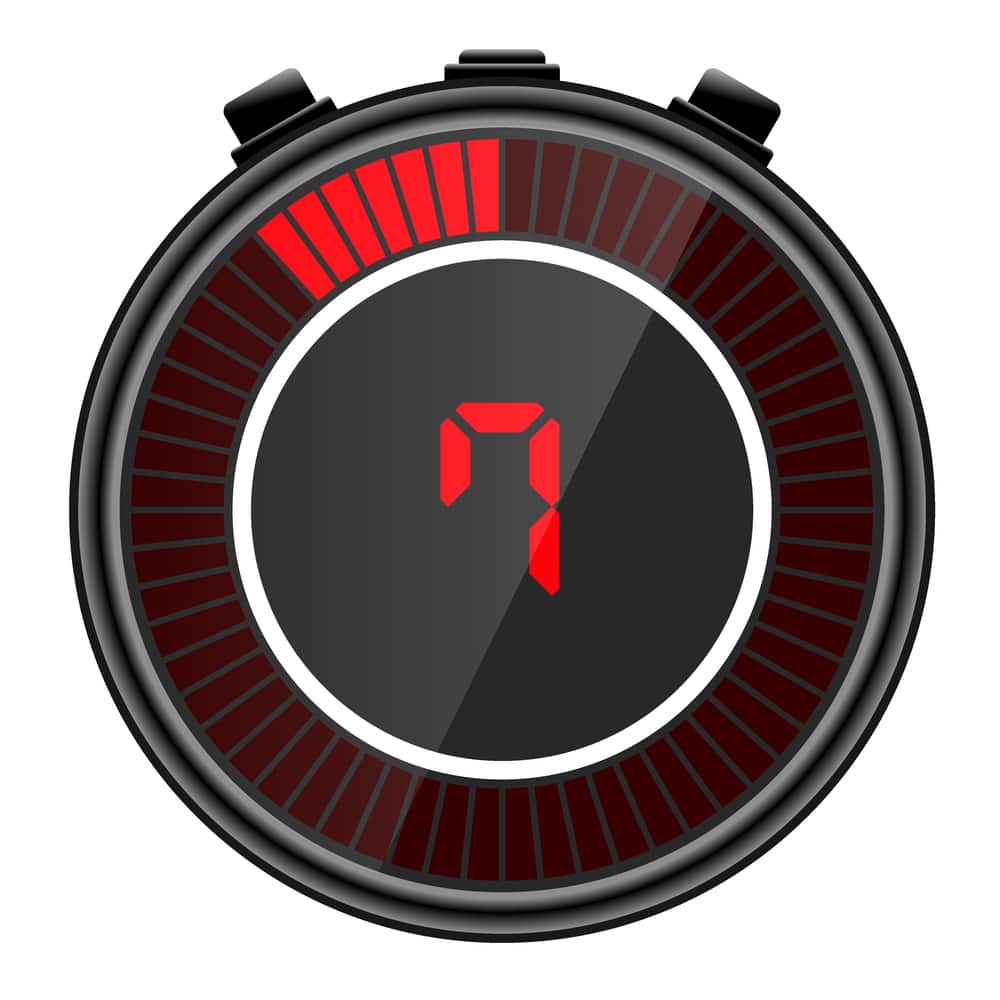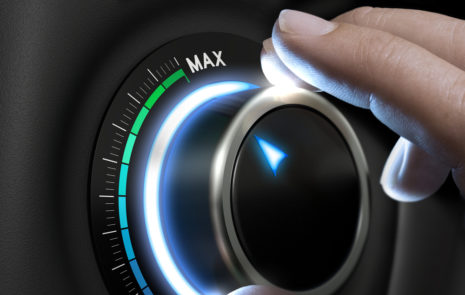
Examples of 7-Second Message Maps, Plus Pointers
My recent blog about Message Maps provided one example of a 7-second Message Map from a professional association of orthodontists.
This week I’m sharing more examples of 7-second Message Maps, from a nonprofit organization and a technology business — plus some pointers on how to make your 7-second message sing.
Put emotion into your home base
Here’s a Message Map example from a nonprofit organization, the AAA Auto Club.

The home base promises that the AAA Auto Club gives drivers peace of mind. By engaging people’s emotions quickly, this home base message succeeds with its specific audience of drivers.
How do drivers gain peace of mind? Positive points offer three answers. You:
- Save on travel and insurance.
- Get 24-hour roadside assistance.
- Find travel ideas in their magazine.
The AAA’s message works because it engages people’s emotions and imaginations. When you picture your car stuck on a snowy road, it feels good to know that a tow truck from the AAA is on the way.
What if you ask a question in your home base?
The next example of a Message Map comes from a technology company. It makes business networking equipment, devices, and cables in office buildings that connect employees to data and the Internet.

This home base poses a question: “Is your network ready for tomorrow?” Leading with a question prompts your audience to consider it, lean in, and start thinking about their answers.
On the Internet, headlines that ask questions often get more clicks. About 16% of searches on Google begin with a question word. How? is the most frequently asked question in search.
This home base taps into anxiety because IT professionals worry about network fragility every day. Positive points promise three benefits: higher security, increased capacity, and better user experiences.
Read these Message Maps out loud. You’ll hear that they sound good. Messages that sound good are much likelier to stick.
As you see, Message Maps help all types of organizations create their own clear, concise, compelling messages.
Begin with a 7-second Message Map
The best place to start work on your strategic message is to create a 7-second, 23-word message. Why? Because when your CEO or spokesperson gets quoted in news media, chances are, they will get only 7 seconds or 23 words to make their point.
That’s the length of an average news media sound bite. It’s also the length of an average sentence in a news story, the research found. That’s why it’s the perfect length for your brand’s elevator speech.
Conciseness is crucial. It takes a lot of time and works to make your message brief. As Blaise Pascal wrote, “I have only made this letter longer because I have not had the time to make it shorter.”
View 23 words as a ceiling, not a floor. You don’t have to use all 23. The business networking message is only 13 words. It boils down to what buyers need to know when they decide on complex technology.
Sometimes you won’t get a chance to use all 23 words. For example, when Joe Szabo worked in the Federal Railroad Administration, he was called to testify before Congress.
Here’s how that experience felt to him: “When you’re asked a question, you might only get three, four words out of your mouth before you were cut off. You often would get no more than one short sentence. So, you really had to make that short sentence count. It had to be a powerful five, six words. Message mapping and preparation allow you to do that.” See his video on Message Maps.
Once you hook your audience’s attention with a 7-second message, Message Maps help you scale up gracefully to two minutes, 20 minutes, or more. So, your message fits any need, any medium, any occasion.
Need help with your Message Map? Drop me an email at george@crystalclearcomms.com
Related Posts
Customer questions create raw material for your company story
Build your company story by answering customers’ questions When you lack a company story, everything about marketing grows a lot harder. Without a company story,...
Marketers: Do your buyers feel included?
Technology continues to enable marketers to do more and more personalization, but do your buyers feel included? Buyer inclusion is different than buyer personalization....
Where to start: getting everyone in your company on message
How to get everyone in your company on message. How do you come up with your company’s message? Do you create it yourself in...
Top 100 Content Marketing Question: How do you maximize content with as little effort and time as possible?
5 ideas to help you maximize content 1. Dedicate a person or team to content To maximize content marketing and invest the least money,...





